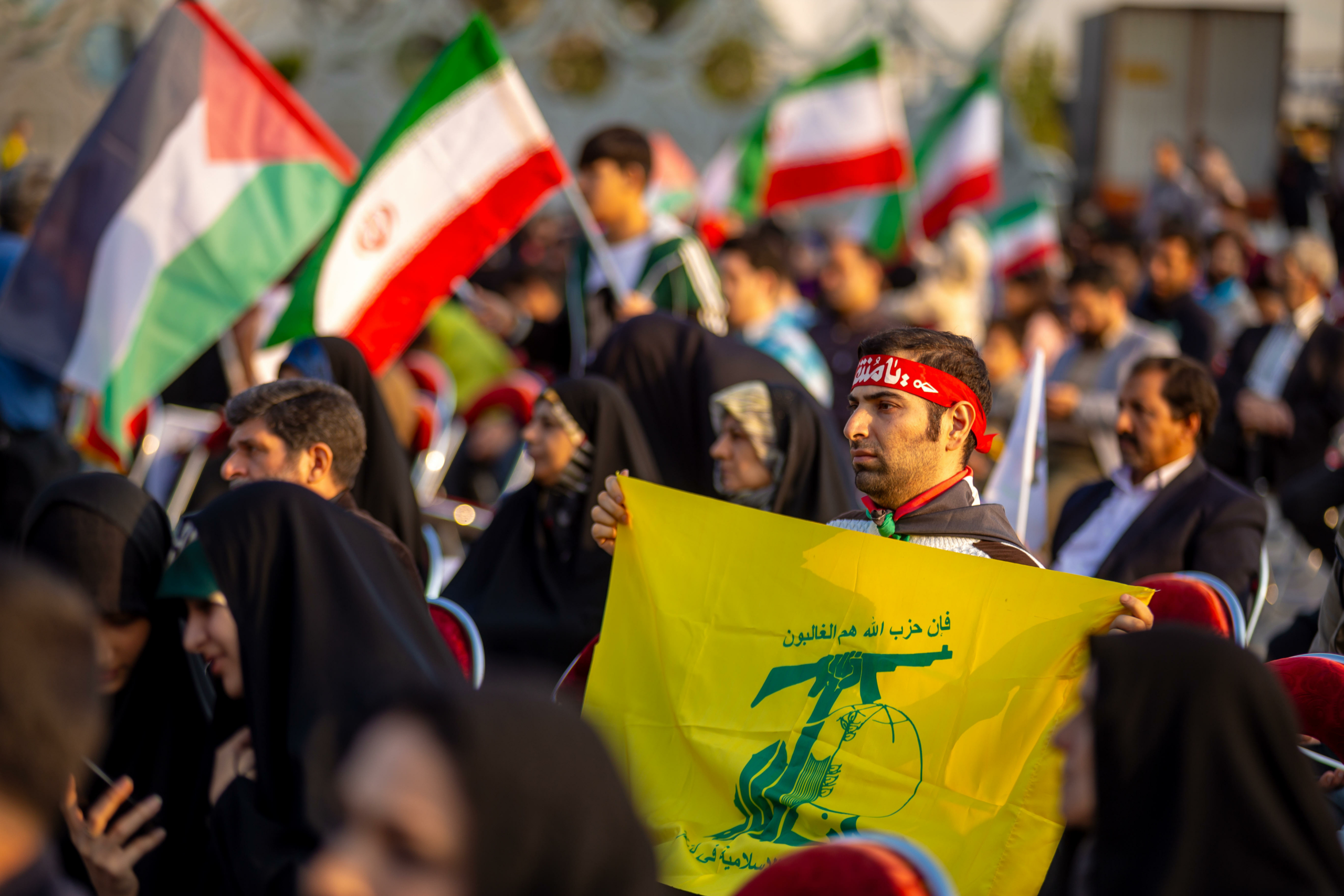The Palestinian Authority’s Struggles in Jenin
The Palestinian Authority (PA) finds itself in a precarious situation as it attempts to confront armed groups operating in Jenin, a city located in the northern West Bank. The rise of Iranian-backed terror factions in the region has complicated the PA’s efforts, leading to violent confrontations and a widening gap between the authority and the local populace.
Crumbling Authority Amidst Escalating Conflict
Reports indicate that Iran has been financing militants to bolster their arms capabilities, prompting the PA to take steps to disrupt this financial support. “Iran has been financing militants to purchase weapons, and the Palestinian Authority is now acting to disrupt this support,” stated Mohammad Daraghmeh, Asharq News bureau chief in Ramallah, during an interview with Fox News Digital. “The PA sees this as the moment to push back, especially after recent conflicts in Gaza and Lebanon. Public sentiment doesn’t favor another military conflict with Israel.”
U.S. Support and Military Aid
Amidst the intensified campaign against these armed factions, the United States has been engaged in discussions with Israel for consent to send military aid to the PA. According to Axios, the Biden administration is reportedly looking to provide critical security equipment to the PA, including ammunition, helmets, bulletproof vests, and armored vehicles. However, such shipments require Israeli approval to proceed.
Historically, U.S. aid to the PA has ranged from 0 million to 0 million annually, with funding reinstated after being paused during the Trump administration. The current push for assistance highlights the challenging dynamics faced by the PA as they seek to assert control in a region fraught with violence.
The Rising Tensions in Jenin
Since the outbreak of hostilities on October 7th, the situation in Jenin has deteriorated, with Iranian-backed groups like Hamas and Islamic Jihad increasing their operational activities. Dr. Michael Milshtein, head of the Forum for Palestinian Studies at Tel Aviv University, emphasized the alarming potential of Jenin becoming a stronghold for terror organizations. “They’re attempting to advance operations in the West Bank, including efforts to build rockets and launch attacks on Israeli cities from Jenin,” Milshtein noted. “While these attempts remain in the early stages and haven’t succeeded, it’s alarming evidence that Jenin is becoming a hub for terror.”
Confrontations and Local Sentiment
The PA’s recent operations resulted in the death of Yazid Jaysa, a commander in Islamic Jihad, during a crackdown that further exacerbated tensions within the city. His death marked a troubling trend, as it was the third fatality reported within a mere week, including the killing of 19-year-old Rahbi Shalabi amidst intense gunfights between PA forces and local militants. This series of confrontations has deepened animosity in Jenin, particularly among those living in the nearby refugee camp. According to Daraghmeh, “The entire refugee camp is now against the PA.”
Challenges to PA Authority
As the PA attempts to project authority, its security forces have faced backlash from the local population, complicating efforts to regain control. By Sunday, PA security forces found themselves stationed outside the refugee camp, but any attempts to engage were met with resistance. “There’s no active fighting at the moment,” Daraghmeh explained, “but PA forces are stuck. They can’t leave without appearing weak, yet they also can’t move forward because dozens of militants are ready to confront them.”
Milshtein pointed to systemic weaknesses within the PA, noting that “the PA has essentially lost its grip over these areas.” For years, regions like Jenin have functioned largely without PA control, creating a governance vacuum that has been exploited by militant groups.
Political Dynamics and the Future of the PA
The timing of the PA’s recent military actions may reflect broader regional dynamics. Milshtein speculated that the ongoing conflicts in Gaza and Syria play a significant role in the PA’s decision-making. “When one dictator saw the fate of another, Mahmoud Abbas likely decided to avoid a similar downfall,” he remarked, emphasizing the perception that the PA’s authority is at risk of collapse. “This operation may be a bid to prevent the PA’s authority from collapsing completely in the West Bank.”
This crisis presents the PA with a critical juncture as it seeks to solidify its legitimacy amidst chaos. However, the prospect of the PA restoring authority over Gaza—lost to Hamas since 2007—remains exceedingly faint. As Milshtein articulated, “There is no realistic scenario where the PA takes back Gaza. After 17 years under Hamas, a majority of Gaza’s population was born and raised to oppose the PA. They see the PA as collaborators with Israel.”
A Contained Crisis?
Despite the struggles unfolding in Jenin, Daraghmeh expressed cautious optimism about the broader West Bank, suggesting that the violence may remain contained. “People in cities like Ramallah and Nablus are not calling for escalated violence,” he noted. “There’s a general desire to avoid another round of violence against Israel.” Nevertheless, the ongoing challenges underscore a complex landscape where local sentiments toward the PA are increasingly strained.
The future of the Palestinian Authority’s governance hangs delicately in the balance as it grapples with violent factions and an increasingly skeptical populace.
